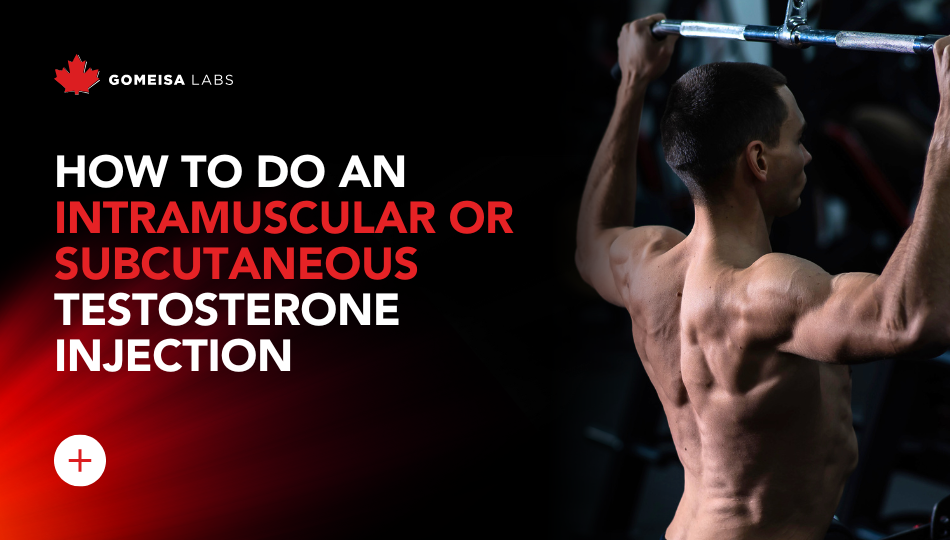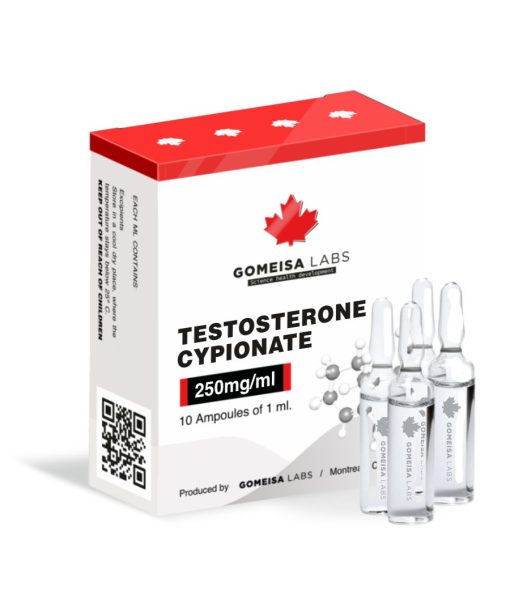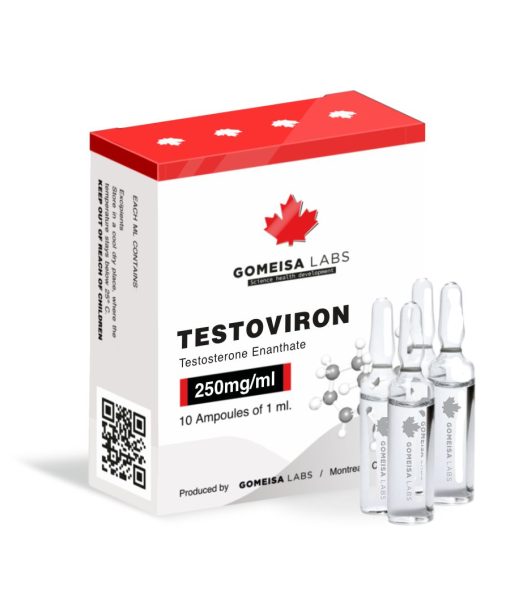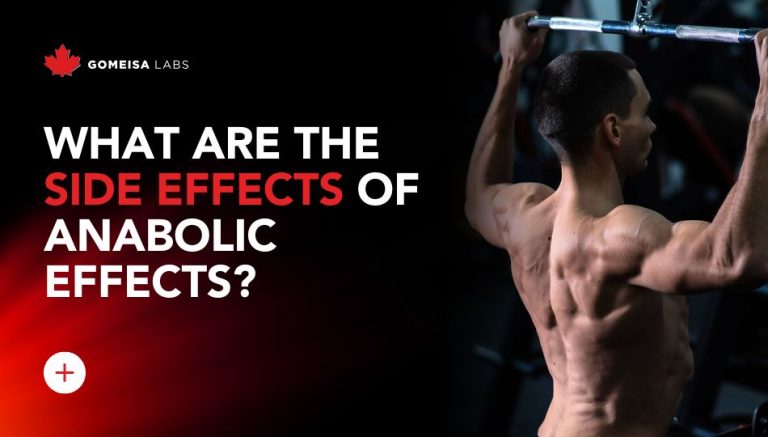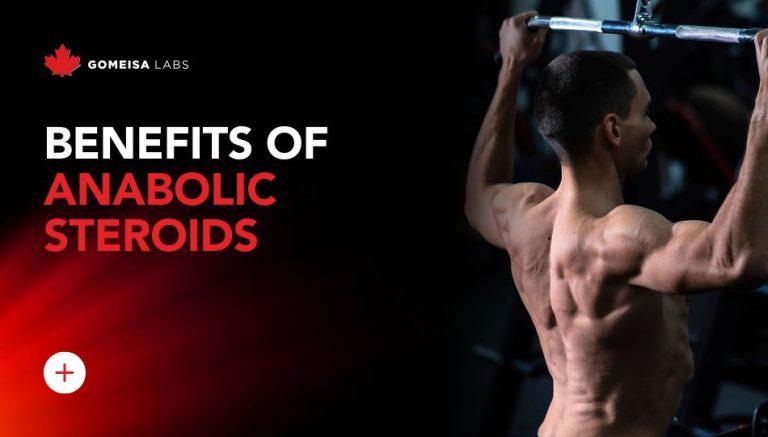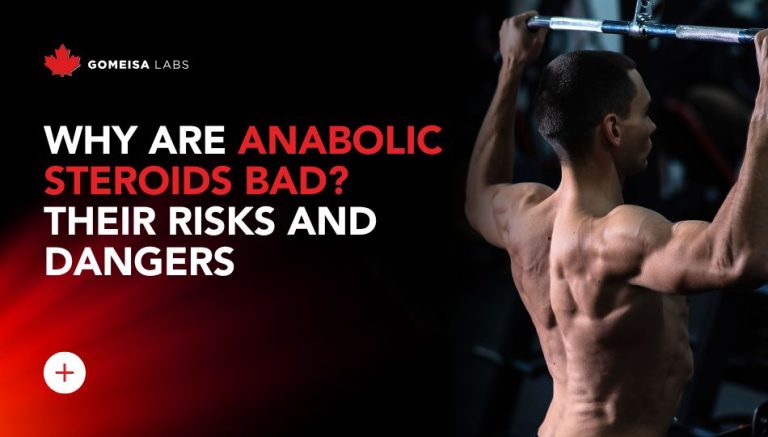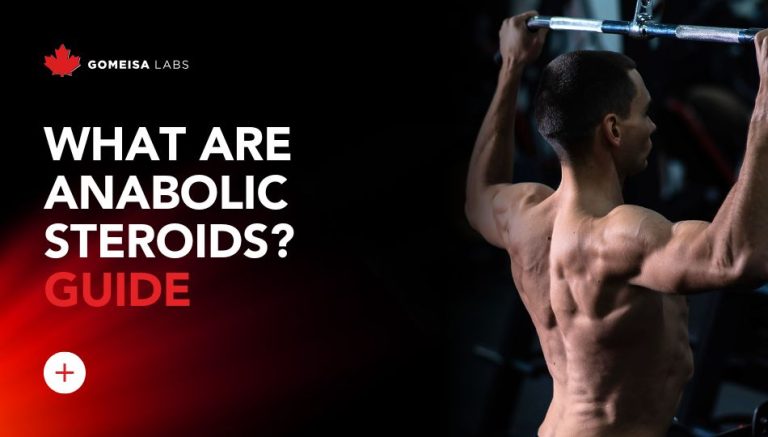How to do an intramuscular or subcutaneous testosterone injection
Testosterone injections are a common method for increasing testosterone levels in the body, especially among athletes and individuals with certain medical conditions. Proper administration of these injections is crucial for effectiveness and safety. This article will guide you through the necessary steps to execute a testosterone injection, ensuring that you take into account all necessary precautions and choose the best site for the injection to achieve optimal results.
If you are considering using injectable testosterone, do not hesitate to visit our store.
Where to inject? Which is the best place?
Choosing the appropriate site for a testosterone injection is vital in ensuring the medication is absorbed efficiently and with minimal discomfort. The body has several areas suitable for either intramuscular or subcutaneous injections, each with its own advantages and considerations. The effectiveness and comfort of the injection can vary depending on the chosen site, so it’s important to consider factors such as ease of access, muscle size, and personal comfort.
Deltoids
The deltoid muscles, located on the upper part of the arm, are a popular site for intramuscular injections due to their accessibility and the relatively small amount of discomfort associated with injections in this area. To locate the proper injection site, imagine an inverted triangle starting at the acromion process at the top of the shoulder. The base of the triangle should be about two fingers down on the arm, and the triangle’s apex should point towards the elbow.
Ensure that the arm muscle is relaxed to minimize discomfort during the injection. It’s recommended to alternate arms for each injection to prevent muscle fatigue and soreness. Moreover, due to the muscle’s smaller size compared to other common sites, the volume of the injected fluid should be monitored to remain within recommended limits, typically not exceeding 1 ml per injection.
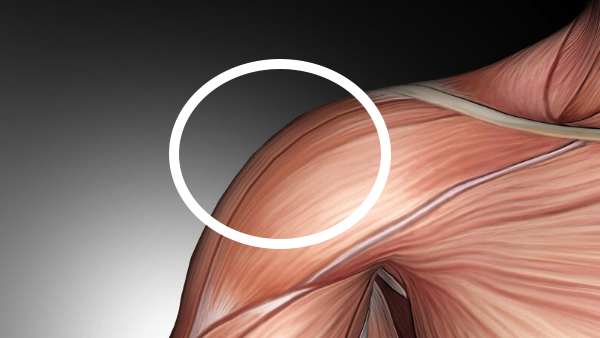
Glutes
The gluteal muscles, particularly the upper outer quadrant of the buttocks, are frequently used for intramuscular injections. This site is advantageous due to the muscle’s large size, which can comfortably accommodate larger volumes of fluid. When using the glutes for injection, divide the buttock into four quadrants and aim for the upper outer quadrant to avoid nerves and major blood vessels.
This site might require assistance, as it is slightly more complex to reach independently. However, the benefit is a well-developed muscle, often preferred for high-volume injections. Many healthcare professionals recommend this area for consistent results and minimal irritation. Regularly alternating sides helps mitigate soreness and maintains muscle health.
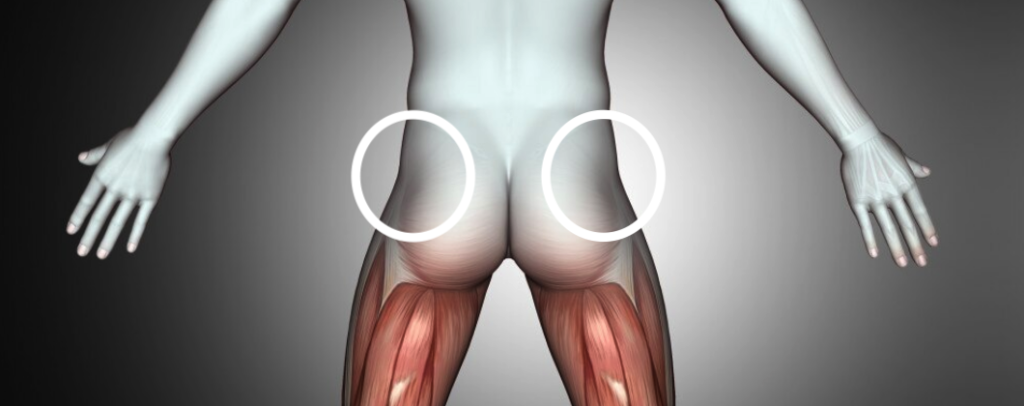
Quadriceps
The vastus lateralis, part of the quadriceps muscle group located on the outer thigh, is another suitable site for a testosterone injection. This muscle is a preferred choice for those administering injections on their own, given its accessibility and ease of reach. The target area extends from a handbreadth below the groin to a handbreadth above the knee, towards the outside of the thigh.
It’s crucial to relax the leg muscles by bending the knee slightly while seated comfortably. When injected in the proper location, this site provides excellent absorption with manageable discomfort. Similar to other injection sites, alternating legs can prevent localized muscle fatigue and soreness from repeated injections.

What do I have to take into account before injecting?
Before performing a testosterone injection, it’s essential to prepare adequately to ensure both the effectiveness of the treatment and the safety of the user. Proper preparation includes ensuring that all necessary equipment is sterile and correctly handled. Use a new, sterile needle and syringe for each injection to minimize the risk of contamination and infection.
Understanding the dosage prescribed by your provider is crucial for avoiding complications from over or under-dosing. Review instructions carefully and be certain of the volume that you are to administer. In addition, monitor the product expiration dates and storage instructions to maintain product efficacy.
Another significant consideration is being knowledgeable about how to handle potential side effects. It would be prudent to have a basic understanding of what to expect post-injection, including recognizing signs of infection or allergic reactions such as swelling, redness, or prolonged pain at the injection site.
The injection process step by step
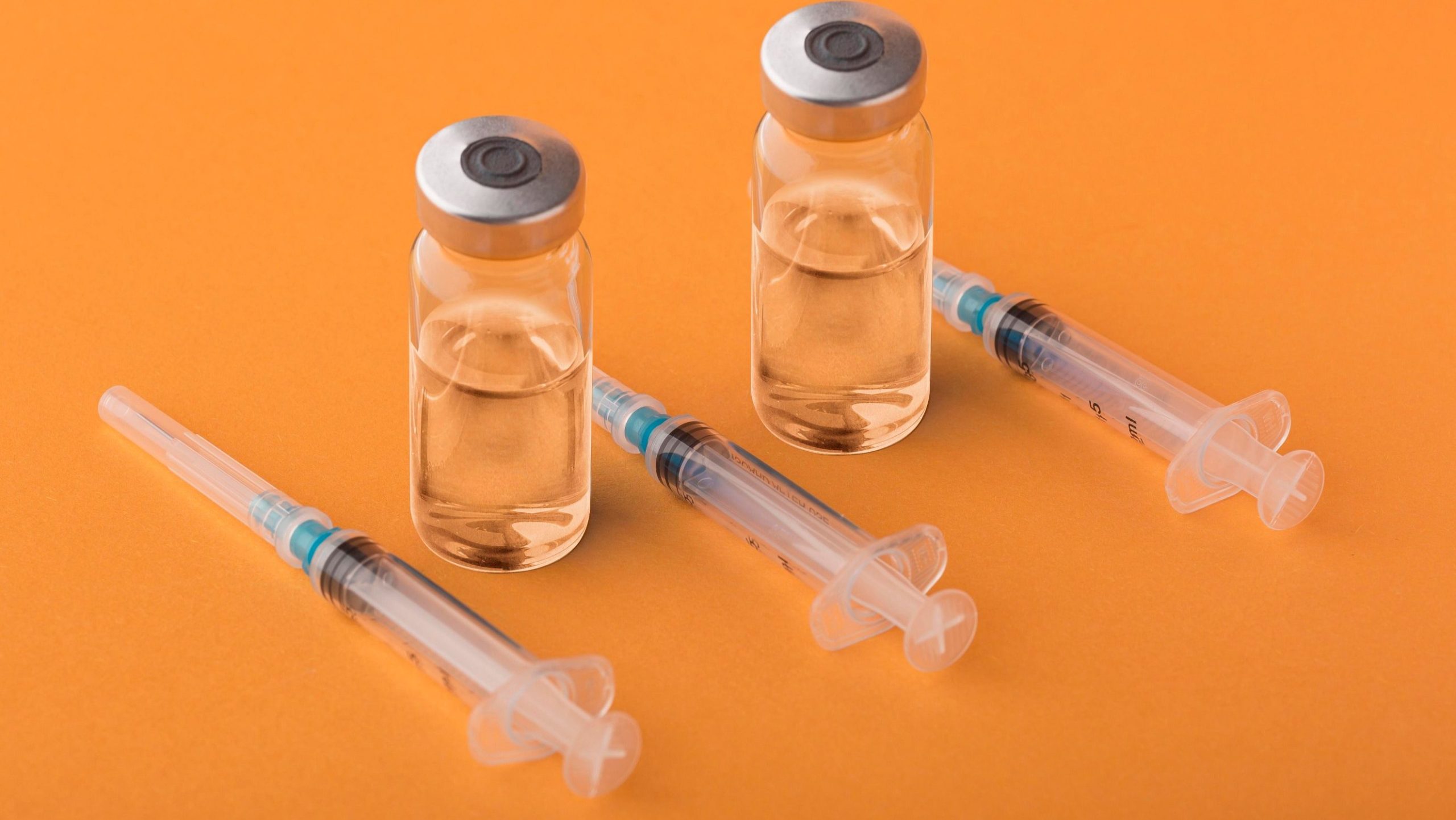
Step 1: Washing Your Hands and Preparing Your Equipment
Begin with thoroughly washing your hands with soap and warm water for at least 20 seconds to ensure they are clean. This reduces the risk of introducing bacteria into the injection site. Gather all necessary equipment, including the testosterone vial, a fresh syringe and needle, alcohol swabs, and adhesive bandages.
Check the testosterone vial for its expiration date and appearance; if the solution appears cloudy or has particulate matter, do not use it. Assemble the syringe by attaching the needle firmly to the syringe body and make sure it’s securely in place.
Step 2: Preparing the Injection Site
Choose the injection site based on what’s most suitable for your comfort and dosage requirements. Clean the chosen site with an alcohol swab using a circular motion from the center outwards to eradicate surface bacteria. Allow the alcohol to air dry completely before proceeding with the injection.
Proper site preparation prevents bacteria from being introduced with the needle and minimizes infection risk. Make sure the site is free of cuts, bruises, or any irritation, as these can complicate the injection process.
Step 3: Drawing the Testosterone
Hold the testosterone vial securely, and insert the needle into the rubber top. Invert the vial and syringe, and draw back the syringe plunger slowly to your prescribed dosage. Carefully remove any air bubbles by tapping the syringe with your finger and pushing the plunger slightly until the air is expelled.
Double-check the dosage measurements, ensuring that you have drawn the correct amount. Replacing the needle cap when setting the syringe down is imperative to maintain sterility.
Step 4: Injecting the Testosterone
Once the site is dry and the syringe is ready, position the needle at a 90-degree angle to the injection site for intramuscular injections, or at a 45-degree angle for subcutaneous ones. Insert the needle quickly but steadily through the skin and into the designated muscle tissue.
Pull back the syringe plunger slightly to check for any blood return; if blood seeps in, remove the needle and attempt a new site. If clear, proceed by slowly pressing the plunger to inject the testosterone steadily over several seconds.
Step 5: Post-Injection Care
After injecting the full dosage, remove the needle gently and apply an alcohol swab or gauze to the site while applying light pressure. This will stop potential bleeding and prevent the medication from leaking from the injection site. Secure a bandage if necessary and dispose of the needle and syringe properly in a designated sharps container to avoid accidents.
Monitoring the injection site for any adverse reactions such as swelling, redness, or irritation is advised. Regular rotation of injection areas will aid in the prevention of tissue damage and ensure a more comfortable experience.
When administered correctly, testosterone injections can be a powerful tool in achieving desired hormonal and physical results. To support your journey with quality products, consider our top-tier testosterone solutions. Explore options like Testosterone Cypionate 250mg, Testosterone Enanthate 250mg, and Sustanon 250mg to find a match for your needs.

